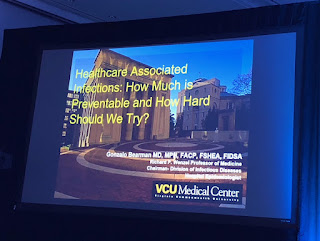Nearly everyone knows of public health heroes such as John Snow and Edward Jenner but the book Deadliest Enemy: Our War Against Killer Germs by Michael Osterholm and Mark Olshaker put inventor Nikolai Tesla into a new perspective for me.
Tesla was an engineer associated with the alternating-current electricity supply and its wide-use application. Electricity brought about massive improvements in public health and infectious diseases control. Electricity powered water pumps allowing for effective sewage systems. Electricity also resulted in refrigeration, pasteurization, vaccine production and air conditioning (which keeps mosquitoes and other vectors out of homes).
Not bad.
Tesla, the unsung champion of public health.










